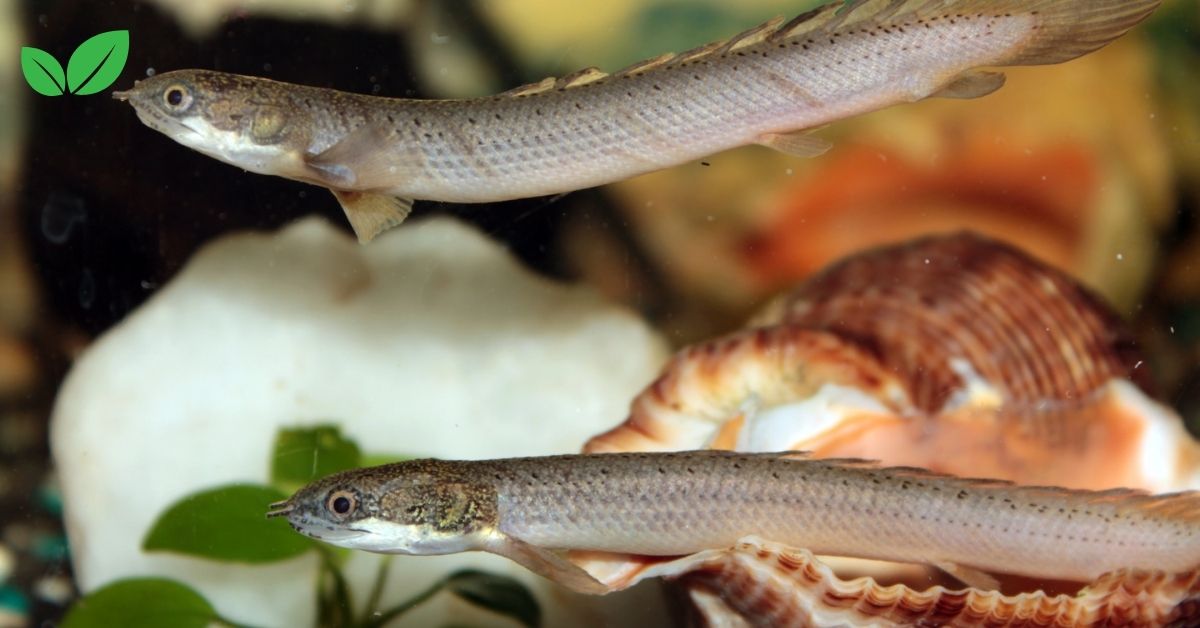Introduction
The Senegal fish, also known as the Senegal bichir or dinosaur eel (Polypterus senegalus), is a unique and fascinating species found in the freshwater systems of West and Central Africa. It is a member of the Polypteridae family, which is often described as “living fossils” due to the ancient lineage that dates back more than 100 million years. The species is known for its elongated, eel-like body, dorsal finlets, and the ability to breathe atmospheric oxygen, allowing it to survive in low-oxygen environments.
As a carnivorous fish, the Senegal bichir plays an important role in its ecosystem by maintaining balance in the aquatic food web. It is found in slow-moving rivers, lakes, swamps, and floodplains across several African countries, including Senegal, Nigeria, and Cameroon. Despite its relatively wide distribution, the Senegal fish faces a variety of environmental pressures, including habitat degradation, pollution, and overfishing.
This article will explore the ecological niche of the Senegal fish, its environmental significance, the role it plays in freshwater ecosystems, and the challenges it faces. We will also examine the species’ interactions with other wildlife, its adaptability, and its importance to local communities. Conservation efforts aimed at protecting the Senegal fish and its habitat will also be discussed.
Overview of the Senegal Fish
Polypterus senegalus is an ancient species that has changed little over millions of years. With its bony scales, elongated body, and ability to breathe air, the Senegal bichir is often compared to prehistoric fish. This species can grow up to 50 cm (20 inches) in length and has a distinctive series of dorsal finlets that give it a somewhat armored appearance. The fish’s color can range from gray to olive-green, which helps it blend into the murky waters of its habitat.
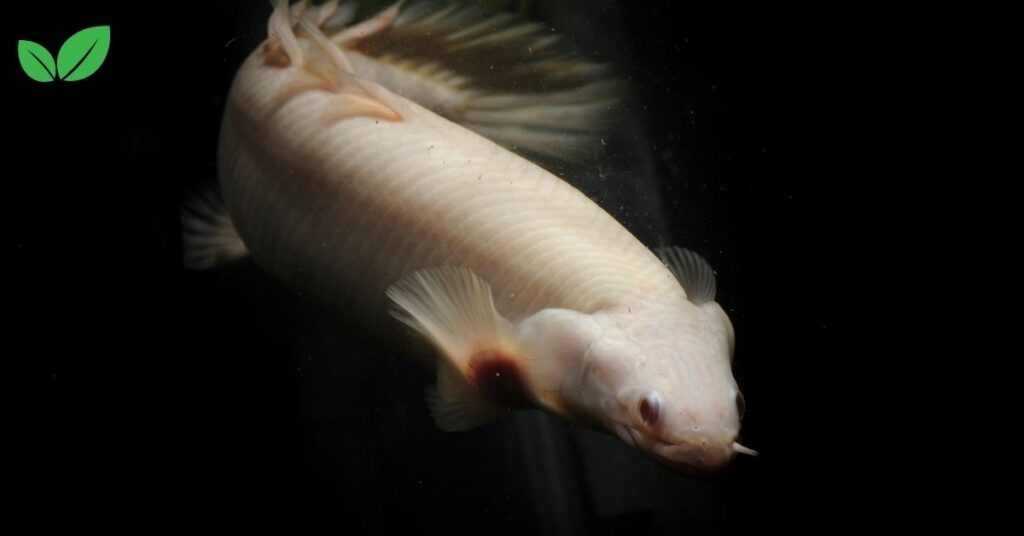
Key Characteristics
The most notable feature of the Senegal fish is its ability to breathe air through a specialized structure known as a “labyrinth organ,” which allows it to extract oxygen from the atmosphere. This adaptation enables the species to survive in oxygen-poor environments, such as stagnant or slow-moving waters where other fish might struggle. Additionally, the fish’s strong, lobed pectoral fins enable it to “walk” along the bottom of shallow water bodies, which is an unusual behavior for a fish.
The Senegal bichir is a nocturnal predator, hunting for smaller fish, insects, and crustaceans under the cover of darkness. Its excellent sense of smell compensates for its relatively poor vision, allowing it to locate prey even in turbid or dimly lit waters. This predatory behavior helps regulate the populations of smaller aquatic species, making the Senegal fish an important part of the ecosystem’s balance.
Ecological Niche of the Senegal Fish
The ecological niche of the Senegal fish is defined by its role as a top predator in the freshwater ecosystems where it is found. Its unique adaptations, including the ability to breathe atmospheric oxygen, make it well-suited to a variety of habitats, including rivers, lakes, swamps, and floodplains. This versatility allows the Senegal fish to thrive in environments where other fish may struggle, particularly during periods of low water quality or oxygen depletion.

Habitat and Distribution
Polypterus senegalus is native to West and Central Africa, where it inhabits a range of freshwater environments. It is typically found in slow-moving or stagnant waters, such as the floodplains of large rivers, shallow lakes, and swamps. Its distribution extends from Senegal in the west to regions of the Nile River basin, encompassing countries such as Nigeria, Mali, and Cameroon. These habitats are often characterized by dense vegetation, muddy substrates, and varying water levels, which provide shelter and hunting grounds for the species.
During the dry season, when water levels recede and oxygen levels decrease, the Senegal fish is particularly well-adapted to survive. It can burrow into the mud to avoid desiccation and breathe atmospheric oxygen until water levels rise again. This adaptability allows it to inhabit a wide variety of freshwater environments that are subject to seasonal changes.
Role in the Food Web
As a top predator, the Senegal fish plays an important role in regulating the populations of smaller aquatic species. It preys on fish, insects, and crustaceans, which helps control the numbers of these species and prevents overpopulation that could disrupt the balance of the ecosystem. By keeping prey populations in check, the Senegal fish contributes to the overall health and stability of its habitat.
In turn, the Senegal fish is preyed upon by larger predators, such as birds of prey, crocodiles, and large fish species. Its position within the food web highlights its importance in both predator-prey dynamics and nutrient cycling within its ecosystem. By contributing to the balance of aquatic ecosystems, the Senegal bichir helps maintain biodiversity and the functionality of the habitats it occupies.
Reproductive Behavior and Life Cycle
The reproductive cycle of the Senegal fish is closely tied to the rainy season, when water levels rise and floodplains expand. This period provides an ideal environment for breeding, as the flooded areas offer abundant food resources and shelter for juveniles. Senegal fish are known to exhibit courtship behaviors, with males and females swimming together and engaging in a series of synchronized movements before spawning.
Females lay adhesive eggs, which attach to aquatic plants or submerged substrates. The eggs hatch after a few days, and the young fish are initially sustained by their yolk sacs. As they grow, juvenile Senegal fish begin to hunt for small invertebrates and gradually transition to a diet of larger prey.
The species’ relatively slow growth rate and long lifespan contribute to its position as a key predator in its ecosystem. However, these traits also make the Senegal fish vulnerable to overfishing and habitat destruction, as it takes several years for individuals to reach reproductive maturity.
Environmental Significance of the Senegal Fish
The Senegal fish plays a significant role in maintaining the ecological balance of the freshwater systems it inhabits. Its ability to thrive in low-oxygen environments and its status as a top predator contribute to the health and stability of aquatic ecosystems in West and Central Africa. Additionally, the Senegal fish is an important species for local communities, both as a source of food and as a species of interest for the aquarium trade.
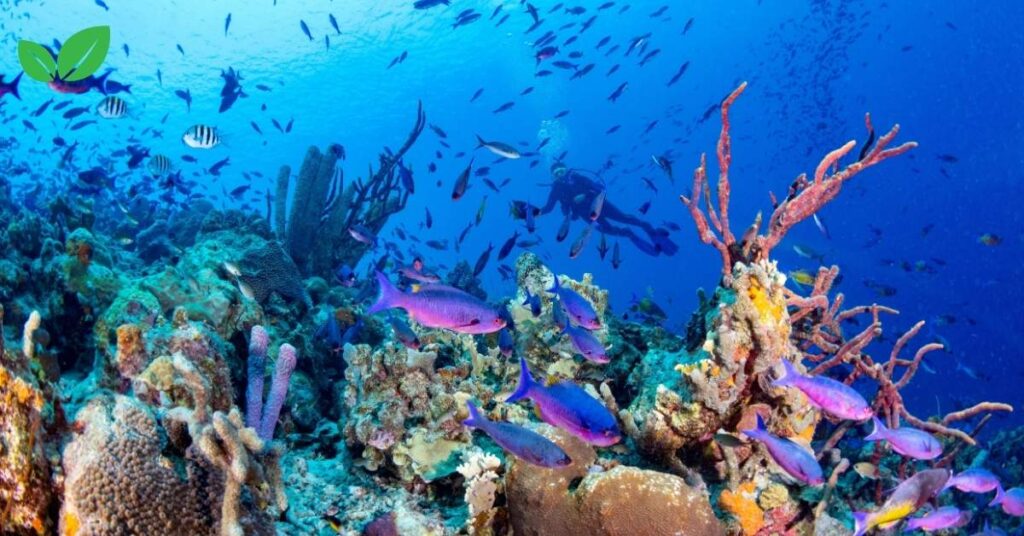
Adaptation to Harsh Environments
One of the key environmental roles of the Senegal fish is its ability to survive in environments with low oxygen levels. In many of the rivers, lakes, and swamps where the species is found, oxygen levels can fluctuate dramatically, particularly during the dry season. The fish’s capacity to breathe atmospheric oxygen allows it to persist in these conditions, helping maintain the ecological stability of the region.
This adaptation is particularly important in floodplain ecosystems, which undergo significant changes throughout the year. During the rainy season, water levels rise, flooding large areas and creating new habitats for a variety of species. However, as water levels recede during the dry season, these habitats can become isolated, leading to reduced oxygen levels and challenging living conditions for aquatic life. The ability of the Senegal fish to survive in these conditions enables it to occupy a unique ecological niche and helps support biodiversity in these fluctuating environments.
Contribution to Ecosystem Health
The presence of the Senegal fish in freshwater ecosystems contributes to the overall health and biodiversity of these habitats. By preying on smaller fish, insects, and crustaceans, the Senegal fish helps regulate the populations of these species, preventing overpopulation and maintaining a balanced food web. This, in turn, supports the health of other species in the ecosystem, including aquatic plants, algae, and microorganisms, which benefit from the stable predator-prey dynamics.
Additionally, the Senegal fish plays a role in nutrient cycling within its ecosystem. As it feeds on various organisms, it helps break down organic matter and recycle nutrients, contributing to the overall productivity of the aquatic environment. This process is particularly important in floodplain ecosystems, where nutrient cycling is critical for supporting the growth of aquatic vegetation and sustaining diverse food webs.
Conservation Challenges Facing the Senegal Fish
Despite its adaptability and resilience, the Senegal fish faces a number of environmental challenges that threaten its long-term survival. Habitat degradation, pollution, and overfishing are among the most significant threats to the species. As human activities continue to impact freshwater ecosystems in West and Central Africa, the Senegal fish and other aquatic species are increasingly at risk.
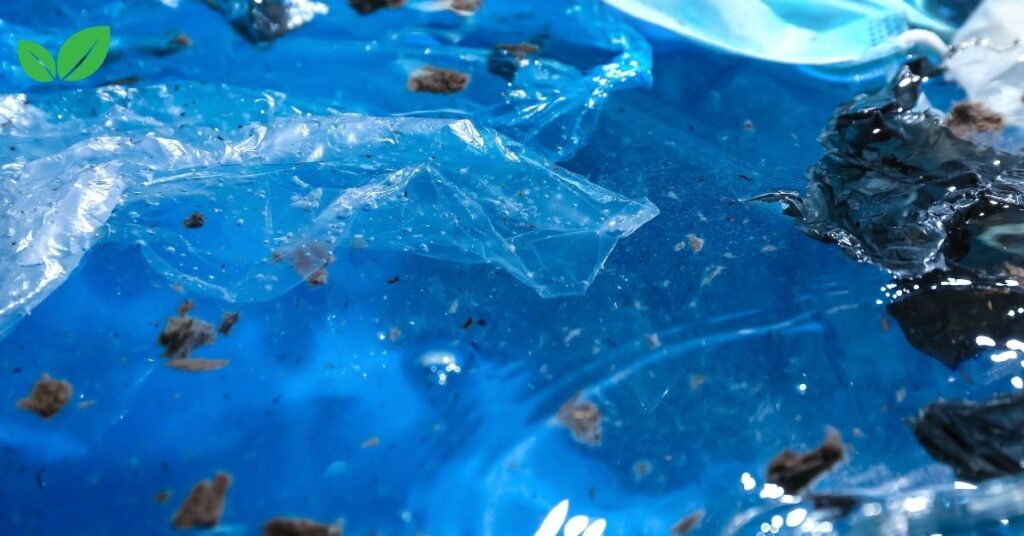
Habitat Degradation and Loss
One of the most pressing threats to the Senegal fish is habitat degradation, particularly due to deforestation, agricultural expansion, and infrastructure development. Many of the rivers, lakes, and swamps where the species is found are being altered by human activities, leading to the loss of critical habitats. Deforestation along riverbanks can result in increased sedimentation and reduced water quality, while agricultural runoff can introduce pollutants such as fertilizers and pesticides into the water.
In addition, the construction of dams and other water management infrastructure can disrupt the natural flow of rivers, altering the seasonal flooding patterns that are essential for the Senegal fish’s breeding and feeding. These changes can reduce the availability of suitable habitats and limit the species’ ability to thrive.
Pollution and Water Quality
Pollution is another major threat to the Senegal fish and the freshwater ecosystems it inhabits. Industrial waste, agricultural runoff, and sewage discharge can all contribute to the degradation of water quality, making it difficult for aquatic species to survive. The Senegal fish, which relies on clean water for breeding and feeding, is particularly vulnerable to pollution-related changes in water quality.
Eutrophication, caused by excessive nutrient inputs from fertilizers, can lead to algal blooms and oxygen depletion in aquatic environments. This can create conditions that are inhospitable to many species, including the Senegal fish, which, despite its ability to breathe atmospheric oxygen, still requires healthy aquatic ecosystems to thrive.
Overfishing and Exploitation
Overfishing is another significant challenge for the Senegal fish, particularly in regions where it is harvested for food or the aquarium trade. In many parts of West and Central Africa, the Senegal fish is an important source of protein for local communities. Artisanal fishing practices, combined with increasing demand for fish in both local and international markets, have led to concerns about overfishing. The species’ relatively slow growth rate and long lifespan mean that it is particularly vulnerable to unsustainable harvesting practices, as it takes several years for individuals to reach reproductive maturity.
In addition to being caught for food, the Senegal fish is also sought after by aquarium enthusiasts, who prize it for its unusual appearance and prehistoric features. The popularity of the Senegal bichir in the aquarium trade has contributed to its exploitation, particularly in regions where the species is already under pressure from habitat loss and pollution.
While the trade of Senegal fish for aquariums is legal, there are concerns that overharvesting from the wild could further strain populations already impacted by other environmental factors. Captive breeding programs may offer a solution to reduce pressure on wild populations, but in many regions, sustainable harvesting practices and better management of fish populations are needed to ensure the long-term survival of the species.
Conservation Efforts and Future Outlook
In response to the threats facing the Senegal fish, conservation efforts have been implemented to protect both the species and the freshwater ecosystems it inhabits. These efforts focus on habitat protection, sustainable fishing practices, and public awareness campaigns aimed at reducing pollution and preventing overexploitation. However, there is still much work to be done to ensure the long-term survival of the Senegal bichir and the health of its aquatic habitats.
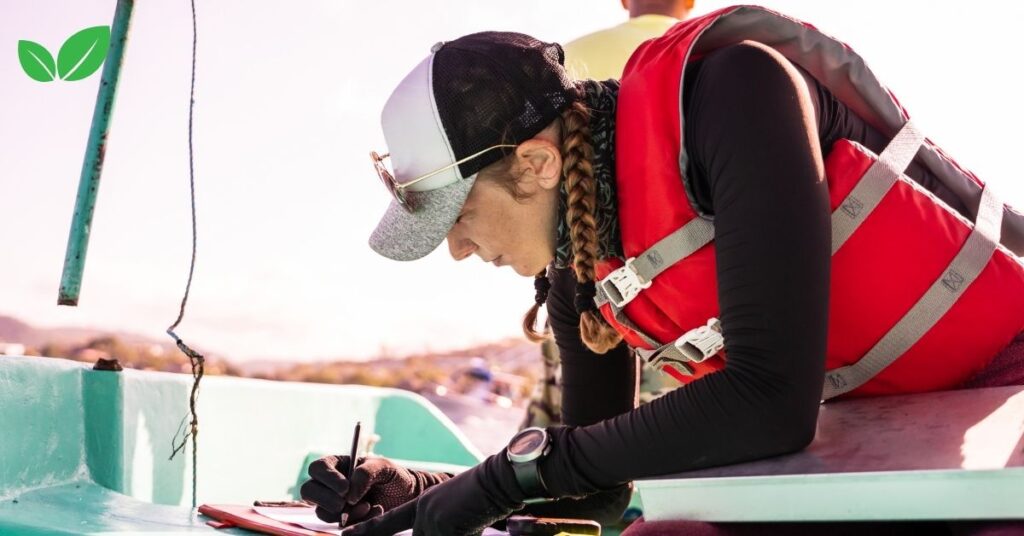
Habitat Protection and Restoration
Protecting and restoring the habitats where the Senegal fish is found is one of the most effective strategies for conserving the species. In many regions, efforts are underway to protect freshwater ecosystems from deforestation, pollution, and unsustainable land use practices. Establishing protected areas along rivers, lakes, and wetlands can help preserve the natural habitats that the Senegal fish depends on for breeding, feeding, and shelter.
Reforestation and habitat restoration projects along riverbanks and floodplains can also improve water quality, reduce sedimentation, and provide critical habitat for aquatic species. By restoring the natural flow of rivers and maintaining healthy floodplain ecosystems, these efforts can help support the long-term health of the Senegal fish and other species that share its habitat.
Sustainable Fishing Practices
Implementing sustainable fishing practices is critical for ensuring that the Senegal fish population remains viable in the long term. In regions where the species is harvested for food, local communities and fisheries are being encouraged to adopt practices that reduce overfishing and allow fish populations to recover. This includes establishing catch limits, implementing seasonal fishing bans during breeding periods, and promoting the use of selective fishing gear that minimizes bycatch and habitat destruction.
Aquaculture and captive breeding programs for Senegal fish are also being explored as a way to meet market demand without depleting wild populations. These programs can help reduce pressure on natural populations while providing an alternative source of income for local fishers.
Public Awareness and Education
Raising public awareness about the ecological importance of the Senegal fish and the threats it faces is an important component of conservation efforts. Public education campaigns aimed at reducing pollution, preventing overfishing, and promoting sustainable land use practices can help foster a sense of stewardship among local communities and stakeholders.
In particular, educating aquarium enthusiasts about the importance of purchasing fish from sustainable sources can help reduce demand for wild-caught Senegal fish. By supporting captive-bred fish and promoting responsible pet ownership, the aquarium trade can contribute to the conservation of this unique species.
The Senegal Fish in a Changing Climate
As climate change continues to affect freshwater ecosystems around the world, the Senegal fish may face additional challenges in the coming years. Rising temperatures, changing rainfall patterns, and more frequent extreme weather events could alter the habitats where the species is found, impacting its ability to survive and reproduce.

Temperature and Water Availability
The Senegal fish is adapted to warm, tropical environments, but rising temperatures could push the species beyond its physiological limits, particularly in shallow or isolated water bodies where water temperatures can fluctuate rapidly. Higher temperatures can also exacerbate the effects of pollution and eutrophication, leading to further declines in water quality and making it more difficult for the species to thrive.
Changes in rainfall patterns, including longer dry seasons and more intense flooding during the rainy season, could also impact the availability of suitable habitats for the Senegal fish. Prolonged droughts could reduce the availability of water in rivers, lakes, and floodplains, while more frequent and intense flooding could disrupt the species’ breeding and feeding behaviors.
Adapting to Climate Change
To help the Senegal fish adapt to the challenges of climate change, conservation efforts must focus on building resilience in freshwater ecosystems. This includes protecting and restoring natural habitats, improving water management practices, and reducing other environmental stressors, such as pollution and overfishing, that may exacerbate the impacts of climate change.
Research into the species’ ability to adapt to changing environmental conditions is also critical for informing future conservation strategies. By understanding how the Senegal fish responds to changes in temperature, water availability, and habitat quality, conservationists can develop targeted interventions to support the species in a changing climate.
Conclusion
The Senegal fish (Polypterus senegalus) is a remarkable species with a rich evolutionary history and a vital role in freshwater ecosystems. Its unique adaptations, including its ability to breathe atmospheric oxygen and survive in low-oxygen environments, make it an important predator in the aquatic food web and a key species for maintaining ecosystem health and biodiversity.
Despite its adaptability, the Senegal fish faces significant challenges from habitat degradation, pollution, overfishing, and climate change. Protecting the species and its habitat will require a multifaceted approach that includes habitat protection, sustainable fishing practices, and public education. By working to conserve the Senegal fish and the freshwater ecosystems it inhabits, we can help ensure that this ancient and fascinating species continues to thrive in the face of environmental pressures.
Conservation efforts that focus on habitat restoration, sustainable resource management, and climate resilience will be critical for protecting the Senegal fish and preserving the ecological balance of the freshwater systems it calls home. Through collaborative efforts between governments, conservation organizations, local communities, and the global aquarium trade, we can help safeguard the future of the Senegal fish and the diverse ecosystems it supports.
Read More: Dolphins Are Evil? Exploring the Complex Behavior of Dolphins in the Wild

